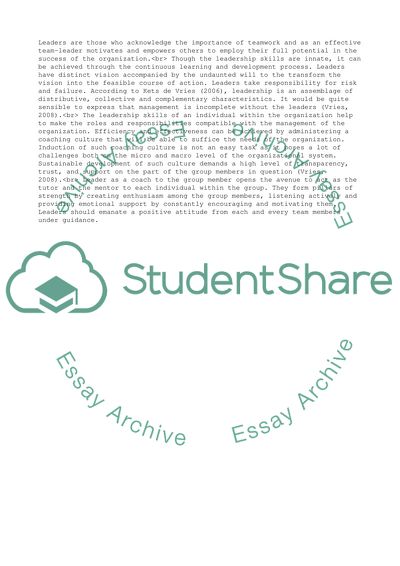Cite this document
(Personal Leadership Skills And Developing Of Leadership Philosophy Case Study, n.d.)
Personal Leadership Skills And Developing Of Leadership Philosophy Case Study. Retrieved from https://studentshare.org/management/1742036-management-skills
Personal Leadership Skills And Developing Of Leadership Philosophy Case Study. Retrieved from https://studentshare.org/management/1742036-management-skills
(Personal Leadership Skills And Developing Of Leadership Philosophy Case Study)
Personal Leadership Skills And Developing Of Leadership Philosophy Case Study. https://studentshare.org/management/1742036-management-skills.
Personal Leadership Skills And Developing Of Leadership Philosophy Case Study. https://studentshare.org/management/1742036-management-skills.
“Personal Leadership Skills And Developing Of Leadership Philosophy Case Study”, n.d. https://studentshare.org/management/1742036-management-skills.


